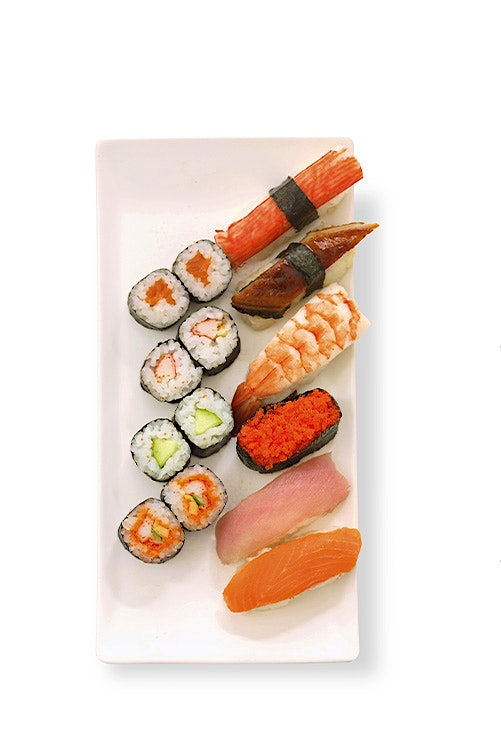Why I Love Kyoto
 Having visited Kyoto many times, it still surprises and delights me. No matter how often I hear the 'nightingale floors' squeak beneath my feet at Nijō-jō, pad barefoot across tatami mats in ryokan, sip matcha in centuries-old tearooms, cycle through Arashiyama's bamboo forest or drink convenience-store beer on the banks of the Kamo-gama, it's a city I could never tire of. Yes, it's an ancient Japanese woodblock print come to life with its geisha and impossibly pretty cherry-blossom trees, but it's also a university town with a youthful feel and modernity breathing down its traditional neck.
Having visited Kyoto many times, it still surprises and delights me. No matter how often I hear the 'nightingale floors' squeak beneath my feet at Nijō-jō, pad barefoot across tatami mats in ryokan, sip matcha in centuries-old tearooms, cycle through Arashiyama's bamboo forest or drink convenience-store beer on the banks of the Kamo-gama, it's a city I could never tire of. Yes, it's an ancient Japanese woodblock print come to life with its geisha and impossibly pretty cherry-blossom trees, but it's also a university town with a youthful feel and modernity breathing down its traditional neck.

Temples, Shrines & Gardens
There are said to be over 1000 Buddhist temples in Kyoto. You’ll find true masterpieces of religious architecture, such as the retina-burning splendour of Kinkaku-ji (the famed Golden Pavilion) and the cavernous expanse of Higashi Hongan-ji. Within the temple precincts are some of the world’s most sublime gardens, from the Zen masterpiece at Ryōan-ji to the riotous paradise of moss and blossoms at Saihō-ji. And then there are the Shintō shrines, monuments to Japan’s indigenous faith. The mother of all shrines, Fushimi Inari-Taisha, has mesmerising arcades of vermilion torii (entrance gate to a Shintō shrine) spread across a mountainside.
Cuisine
Few cities of this size offer such a range of excellent restaurants. Work your way through the entire spectrum of Japanese food, from impossibly refined cuisine known as kaiseki to hearty plebeian fare like ramen. There’s also a wide range of French, Italian and Chinese restaurants, where the famed Japanese attention to detail is paired with local ingredients to yield fantastic results. Best of all, many of Kyoto’s restaurants are in traditional wooden buildings, where you can gaze over intimate private gardens while you eat.
The Japanese Way of Life
While the rest of Japan has adopted modernity with abandon, the old ways are still clinging on in Kyoto. Visit an old shōtengai (market street) and admire the ancient speciality shops: tofu sellers, washi (Japanese handmade paper) stores and tea merchants. Then wander through the old streets of Nishijin and Gion past machiya (traditional Japanese townhouses). That's not to say there's nothing modern about Kyoto – arriving into futuristic Kyoto Station is a stark sign of that. And throughout the city, young Kyotoites don the hottest new fashions, while craft beer and single-origin coffee is taking over.
The Changing Seasons
No educated Kyotoite would dare send a letter without making a reference to the season. The city’s geisha change their hair ornaments 12 times a year to celebrate the natural world. And Kyoto’s confectioners create seasonal sweets that reflect whatever is in bloom. Starting in February and lasting through the summer, a series of blossoms burst open like a string of firecrackers: plums, daphnes, cherries, camellias, azaleas and wisteria, among many others. And don’t forget the shinryoku (the new green of April) and the brilliant autumn foliage of November.
By Kate Morgan, Writer
Lonely Planet.
Comments
Post a Comment